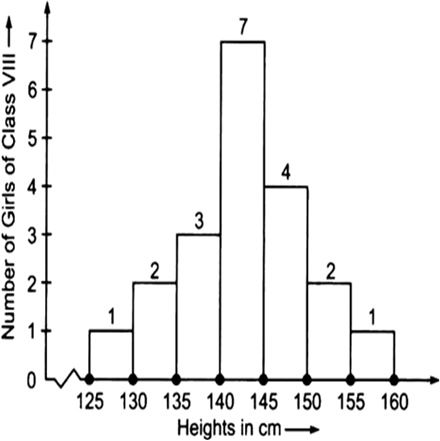How many of the given below groups are associated with fruiting body formation ?
Saprophytic protists, Chrysophytes, Bracket fungi, Desmids, Sac fungi
Two
Three
One
Four
The correct Answer is:B
To solve the question of how many of the given groups are associated with fruiting body formation, we can analyze each group one by one:
1. Saprophytic Protists:
- These include slime molds, which can form fruiting bodies under unfavorable conditions. Therefore, this group is associated with fruiting body formation.
2. Chrysophytes:
- This group includes organisms like diatoms and golden algae (desmids). They do not produce fruiting bodies. Thus, this group is not associated with fruiting body formation.
3. Bracket Fungi:
- Bracket fungi belong to the class Basidiomycetes. They reproduce via spores that are produced in a structure called a basidium, which is part of the fruiting body. Therefore, this group is associated with fruiting body formation.
4. Desmids:
- Desmids are a type of green algae and do not produce fruiting bodies. Hence, this group is not associated with fruiting body formation.
5. Sac Fungi:
- Sac fungi belong to the class Ascomycetes. They produce a fruiting body known as an ascocarp. Therefore, this group is associated with fruiting body formation.
Now, summarizing the findings:
- Associated with fruiting body formation:
- Saprophytic Protists (slime molds)
- Bracket Fungi
- Sac Fungi
- Not associated with fruiting body formation:
- Chrysophytes
- Desmids
In total, there are 3 groups associated with fruiting body formation.
Final Answer: 3
---
- These include slime molds, which can form fruiting bodies under unfavorable conditions. Therefore, this group is associated with fruiting body formation.
- This group includes organisms like diatoms and golden algae (desmids). They do not produce fruiting bodies. Thus, this group is not associated with fruiting body formation.
- Bracket fungi belong to the class Basidiomycetes. They reproduce via spores that are produced in a structure called a basidium, which is part of the fruiting body. Therefore, this group is associated with fruiting body formation.
- Desmids are a type of green algae and do not produce fruiting bodies. Hence, this group is not associated with fruiting body formation.
- Sac fungi belong to the class Ascomycetes. They produce a fruiting body known as an ascocarp. Therefore, this group is associated with fruiting body formation.
- Associated with fruiting body formation:
- Saprophytic Protists (slime molds)
- Bracket Fungi
- Sac Fungi
- Chrysophytes
- Desmids
Topper's Solved these Questions
Similar Questions
From the given below processes how many are associated with post-fertilisation event ?
View SolutionHow many of the features given below are associated with organisms possessing loose tissue level of body organisation ? Eukaryotic, Multicellular, Producer, Chitinous wall, Asexual spore production, Osmotroph, Complete absence of sexual reproduction
View SolutionHow many of the given below features of Protista are not similar to prokaryotes ?
Asexual reproduction, Cell membrane composition, Cell type, Body organisation, Cell wall composition, Zygote formation
View SolutionHow many of the plants in the list given below have composite fruits that develop from inflorescence. Lycopersicon, Solanum tuberosum , Ficus, Ananas sativus?
View SolutionHow many structures in the list given below are haploid?
Spermatid, secondary oocyte, primary spermatocyte, ovum, sperm, oogonia, spermatogonia, polar body
View SolutionHow many plants in the list given below have composite fruits that develop from an inflorescence. Walnut, poppy, radish, fig, pineapple, apple, totato, mulberry.
View SolutionHow many plants in the list given below have composite fruits that develop from an inflorescence. Walnut, poppy, radish, fig, pineapple, apple, potato, mulberry.
View SolutionHow many plants in the list given below have composite fruits that develop from an inflorescence. Walnut, poppy, radish, fig, pineapple, apple, totato, mulberry.
View SolutionObserve the following histogram and answer the questions given below: Figure What information is being given by the graph? Which group does contain maximum girls? How many girls have a height of 145cm and more? If we divide the girls in 3 categories, how many would there be in each? 150 cm and more - Group A 140 cm to less than 150cm - Group B Less than 140cm - Group C

View SolutionWhich of the given fungi are edible and form fruiting bodies also? (a) Morels (b) Truffles (c) Agaricus campestris (d) Saccharomyces (e) Neurospora (f) Rhizopus (g) Ustilago
View Solution
